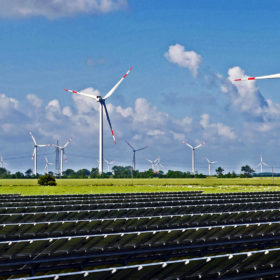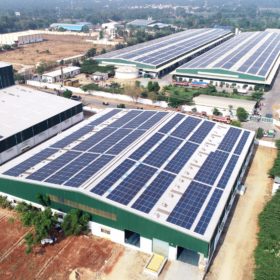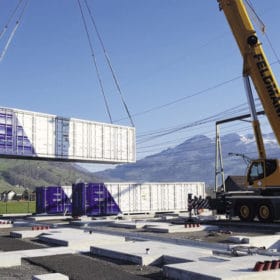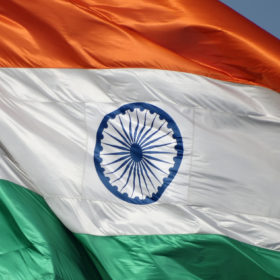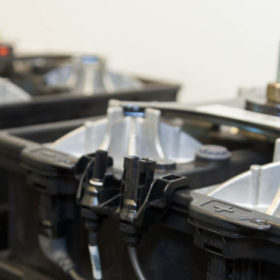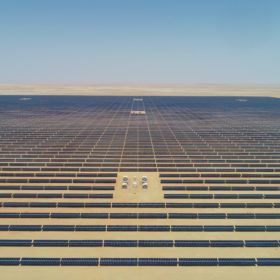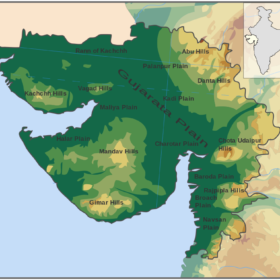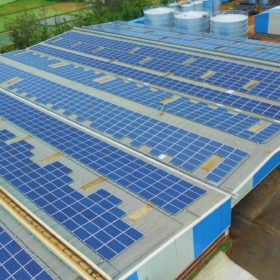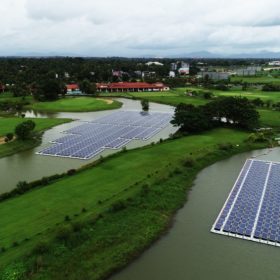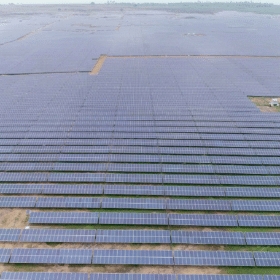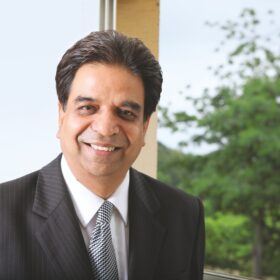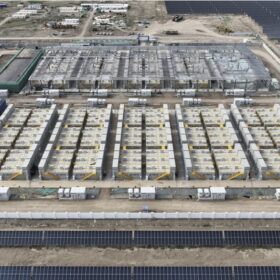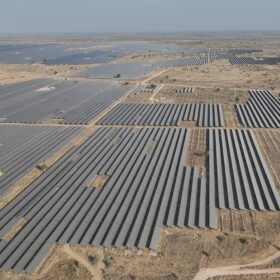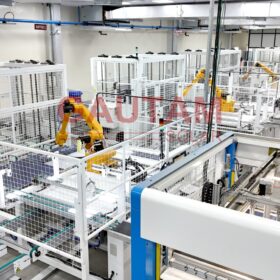Wind-solar-storage hybrid offers cheaper electricity than new coal
A new report establishes the feasibility of wind-solar-storage hybrid projects over new coal plants in the Indian States with high renewable energy potential. Tamil Nadu was chosen for the techno-commercial assessment.
Madhya Pradesh tenders for 40 MW rooftop solar
Solar power developers are invited to install an aggregate 40 MW of grid-connected rooftop solar capacity upon different government departments and private institutions’ buildings. Bidding closes on February 17.
WoodMac predicts 30% drop in Asia-Pacific front-of-meter battery costs by 2025
A new Wood Mackenzie report suggests that costs for front-of-the-meter battery storage systems in the Asia-Pacific region could fall by 30% by 2025. The declining costs are already having a palpable impact, as 2021 has opened with a slew of large-scale battery project announcements.
The market for off-grid solar refrigeration
Standalone solar-powered refrigerators present a $20 billion opportunity in India for vaccine storage, milk chillers, households, micro enterprises, and cold storage for farm produce, according to a new report by Gogla.
Battery startup Gegadyne Energy raises INR 33.4 crore from V-Guard
The Mumbai-based battery startup develops advanced nano-material composites to enable quick-charging batteries for electric vehicle (EV), industrial storage, and consumer electronics space.
World could add up to 194 GW of solar this year
Falling module prices will help PV post another record year after an estimated 132 GW was installed worldwide in 2020, according to an energy transition investment trends report published by Bloomberg New Energy Finance.
Adani Green Energy commissions 150 MW solar power plant in Gujarat
The 150 MW solar plant in Kutchh is Adani Green Energy’s third PV commissioning within a month. Its other two solar capacities that became operational since December end include 100 MW at Khirsara, Gujarat, and 25 MW at Chitrakoot in Uttar Pradesh.
IFC says green recovery could drive $2.5tn renewables market this decade
The private-sector arm of the World Bank, which claims to leverage $3 of its own capital and $8 from third parties for every dollar invested in its blended finance funds, has attempted to quantify what devoting Covid recovery funds to green investment would mean for emerging economies.
Floating solar plant operational at Cochin Airport
The 452 kWp array features 1,300 photovoltaic panels across an acre of water split between two artificial lakes at the airport golf course.
Madhya Pradesh to have 4.45 GW of new solar park capacity within three years
The State, which is home to 750 MW Rewa Solar Park, has a cumulative 4,450 MW of new solar park capacity under construction in Agar, Shajapur, Neemuch, Chhatarpur, Omkareshwar and Morena districts.
